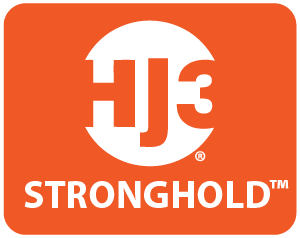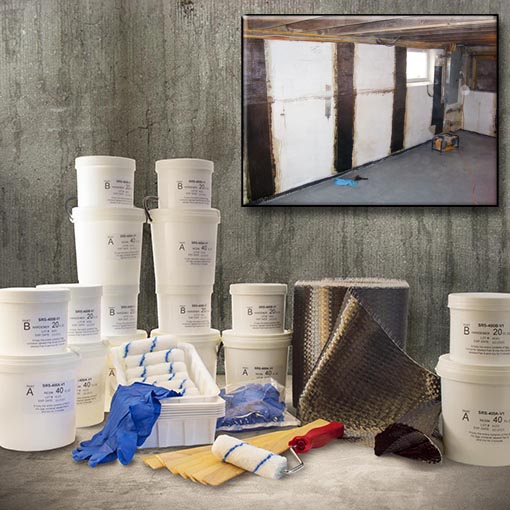Foundation issues can be a homeowner’s worst nightmare. Luckily, they’re reparable, and a few repair options are available. Two of the most common repair methods are carbon fiber and wall anchors…but if they both do the same thing, what’s the difference? And which one is better?
Carbon Fiber:
Carbon fiber is stronger than steel, and has become the most innovative of all structural foundation repairs. Installation is very simple; woven carbon fiber fabric strips are applied vertically to a damaged wall, permanently set into place with a very strong epoxy. Here are some key features of carbon fiber, which you’ll want to keep in mind:
Benefits:
- Requires no excavation, bolting, or drilling whatsoever
- 10 times stronger than steel
- Less invasive than wall anchors
- Causes very little disruption to the basement, garage, or other affected room
- Maintenance-free
- Easy, fast installation (you can even do it yourself!)
- Permanent
- Unobtrusive appearance – can be painted over to minimize appearance
- Bonded to the wall itself, therefore it’s a part of the wall
Draw-backs:
- Only suitable for walls with 2″ deflection or less
- While carbon fiber prevents the wall from further movement, it doesn’t actually straighten a bowed wall
Wall Anchors:
Wall anchors are the more traditional structural-repair method. Installation involves digging a hole several feet deep into stable soil approximately 10 feet from your home’s foundation. A threaded rod is then driven through the foundation wall from the inside so that it emerges in the hole in the ground, where it is fixed to a heavy-duty steel plate. The rod is also affixed to a similar, lighter-weight steel plate, which is installed on the inside of the wall. The rod is then tightened with a large screw, pulling the wall back into plumb and closing all cracks. Once the wall has been stabilized, the hole dug into the soil is filled and compacted. The number of anchors required is determined by the size and condition of the wall in question.
Benefits:
- Will reinforce a wall with any deflection
- Physically straightens a bowed wall
Draw-Backs:
- Wall stability heavily reliant upon soil condition (further soil movement, swelling, or desiccation of soil will cause wall to become de-stabilized)
- Much harder to achieve proper yard drainage. (moving water from downspouts and sump pumps discharges will over-saturate the soil where anchor is buried)
- Requires regular tightening by homeowner to maintain stability, sometimes as often as every month
- Since access to the bolts is required, a finished wall cannot be built over visible anchors
Choosing the repair option that works best for you can be dependent upon a number of factors. In some cases, a combination of wall anchors and carbon fiber can be used for walls with greater than a 2″ deflection. If you’re unsure which direction you want to go, I suggest contacting a foundation expert or contractor to help guide your decision.
For more information about StrongHold’s carbon fiber and how it can help repair your bowed walls, or to place an order, email me at STRsupport@hj3.com today.





